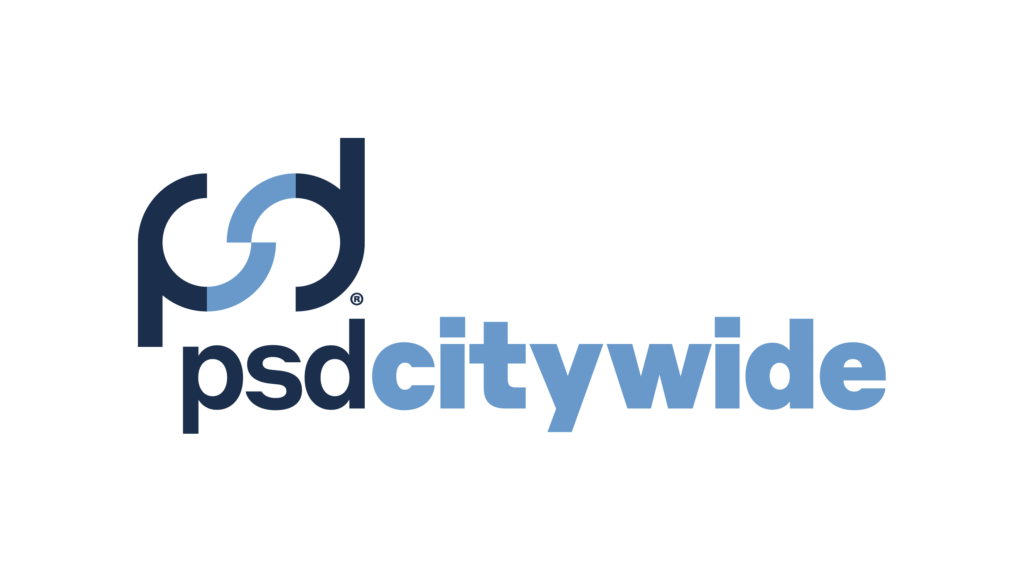In the time it will take you to read this article, you could order a car through Uber, move money from your savings to your chequing account, sell an under-performing stock and book accommodations for your next vacation – all without every directly interacting with a representative from any of those service providers. The fast pace of innovation in service delivery in the private sector presents a blueprint for forward-looking leadership in the public sector.
Gone are the days when citizens find it suitable for any process related to the services they need and want to access to be anything less than immediate – they expect to have access to services when and how they want them, with immediate fulfillment. That’s as true for access to tax or health information as it is to a bank account, transportation or other services.
So how can leaders in the public sector adapt services to meet citizen demands? While there are countless innovations from the private sector that can be considered, two of the most pressing and beneficial are adopting mobile-first design and improving the identity verification experience.
Two Ways to Meet Citizen Demands
Mobile-First Design
2017 marks the 10-year anniversary of the introduction of the iPhone, which was a revolutionary moment in the way to meet citizen demands. The iPhone, and all subsequent smartphones to follow, puts an emphasis on easy access and use of the services we use on a daily basis – putting everything at our fingertips, any time we want. Less than a decade later, the numbers are staggering:
- More than 76 percent of Canadians owned a smartphone in 2016 – up from 55 percent just two years ago
- 85 percent of Canadians pay bills through mobile apps – up from 65 percent in 2014
- 84 percent of Canadians check their bank accounts using mobile apps, up from 61 percent in 2014
- Nearly one in three (30 percent) of Canadians has two or more health-related apps on their smartphone
So what does this mean for government services going forward? Not only will citizens appreciate the ability to conduct most (if not all) interactions with government services via their mobile device – they will demand it. By providing access to services that no longer require a visit to a kiosk or office, but rather can be utilized at any time right from a touch-screen device in a pocket, adoption of and experience with those same services will greatly increase. With strong trusted identity information, the business assurance for service delivery will be higher, and the cost to deliver services will be lower.
Easy Identity Verification
One of the most critical aspects of service delivery in the public sector is ensuring that the citizen requesting the service is who they say they are. Fraud is a billion-dollar problem in Canada each year, and lax identity authentication could create an environment where government services are targeted by bad actors as a means to make a quick buck.
Because of this, extra care – and time – is put towards proper vetting of citizens attempting to access services, often leading to an extensive delay in delivery of those very same services. Often this requires citizens showing up to designated physical locations with multiple forms of identification, waiting in line, filling out mountains of paperwork, and waiting weeks to receive documentation or unique codes to allow them to access the services they need. That cycle is long, costly, and most of all, cumbersome to the citizen. Crooks like the way identity verification works today because it is easy for them to do their thing, but citizens have lost all patience for it.
At a time when so much is available to citizens at their fingertips, these long-run processes currently in place to verify identity are becoming as much – if not – a greater burden than they are a safeguard. Moving forward, public sector leadership needs to find ways to improve the authentication process for citizens, making access to services seamless, secure, and speedy.
The truth is that the internet and smartphones have revolutionized many of the services citizens interact with every day, and at this stage there is no going back. Continued advancements from the private sector in revolutionizing services for the digital age will continue to drive consumer expectations and adoption patterns. Those expectations will extend to the delivery of government services to meet citizen demands.
The next generation of public sector leadership in Canada will need to be able to deliver critical services to the citizen in the same manner that private sector organizations deliver to the consumer – in manners that are easy to adopt, easy to use, and fit within the usage patterns for services that they are already comfortable with. And with the right privacy engineering in place, there will be positive-sum privacy that benefits both citizens and government.
ANDRE BOYSEN is Chief Identity Officer for SecureKey Technologies, responsible for growth strategy, cultivating opportunities in new and existing markets, and promoting demand for the company’s solutions globally. He serves as SecureKey’s digital identity evangelist, and is recognized as a global expert on the topic of identity.



